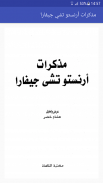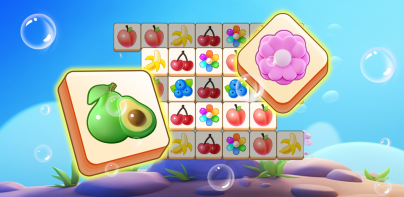




مذكرات أرنستو تشي جيفارا

مذكرات أرنستو تشي جيفارا ਦਾ ਵੇਰਵਾ
إرنستو "تشي" جيفارا ولد في18 يونيو 1928 وتوفى في 9 أكتوبر 1967، المعروف باسم تشي جيفارا، ثوري كوبي ماركسي أرجينتيني المولد، وهو طبيب وكاتب ومفكر وزعيم حرب العصابات وقائد عسكري ورجل دولة عالمي وشخصية رئيسية في الثورة الكوبية. أصبحت صورته منذ وفاته رمزاً في كل مكان وشارة عالمية ضمن الثقافة الشعبية.
سافر جيفارا عندما كان طالباً في كلية الطب بجامعة بوينس آيرس، التي تخرج منها عام 1954، إلى جميع أنحاء أمريكا اللاتينية مع صديقه ألبيرتو غرانادو على متن دراجة نارية وهو في السنة الأخيرة من الكلية، وكونت تلك الرحلة شخصيته وإحساسه بوحدة أمريكا الجنوبية وبالظلم الكبير الواقع من الإمبرياليين على المزارع اللاتيني البسيط، وتغير داخلياً بعد مشاهدة الفقر هناك.
في أعقاب الثورة الكوبية قام غيفارا بأداء عدد من الأدوار الرئيسية، وشمل هذا إعادة النظر في الطعون وفرق الإعدام على المدانين بجرائم الحرب خلال المحاكم الثورية، وأسس قوانين الإصلاح الزراعي عندما كان وزيراً للصناعة وعمل أيضاً كرئيس ومدير للبنك الوطني ورئيسا تنفيذياً للقوات المسلحة الكوبية، كما جاب العالم كدبلوماسي باسم الاشتراكية الكوبية. مثل هذه المواقف سمحت له أن يلعب دوراً رئيسياً في تدريب قوات الميليشيات اللائي صددن غزو خليج الخنازير، كما جلبت إلى كوبا الصواريخ الباليستية المسلحة نوويا من الاتحاد السوفييتي عام 1963 والتي أدت إلى بداية أزمة الصواريخ الكوبية. بالإضافة إلى ذلك، كان غيفارا كاتباً يكتب يومياته، كما ألف ما يشبه الكتيب لحياة حرب العصابات وكذلك ألف مذكراته الأكثر مبيعاً في جميع أنحاء العالم رحلة شاب على دراجة نارية.
Ernesto "Che" Guevara was born on 18 June 1928 and died on 9 October 1967, known as Che Guevara, a revolutionary Cuban-born Marxist-born physician, writer, thinker, guerrilla leader, military commander, world statesman and key figure in the Cuban Revolution. Since his death, his image has become a symbol everywhere and a universal symbol within popular culture.
Guevara was a student at the University of Buenos Aires Medical School, where he graduated in 1954, traveling all over Latin America with his friend Alberto Granado on a motorbike in the last year of college, and that journey was his personality and sense of South American unity and the great injustice of The imperialists on the simple Latin plantations, and change internally after watching poverty there.
In the aftermath of the Cuban Revolution, Guevara performed a number of major roles, including revisiting appeals and death squads for war crimes convicts during revolutionary courts, establishing agrarian reform laws when he was Minister of Industry and also serving as President and Director of the National Bank and Chief Executive of the Cuban Armed Forces, The world as a diplomat in the name of Cuban socialism. Such positions allowed him to play a key role in training the militia forces that invaded the Bay of Pigs and brought to Cuba nuclear-ballistic missiles from the Soviet Union in 1963 that led to the start of the Cuban missile crisis. In addition, Guevara was a writer who writes his diary, wrote a booklet similar to guerrilla life as well as a thousand best-selling memoir around the world a young man on a motorcycle.
























